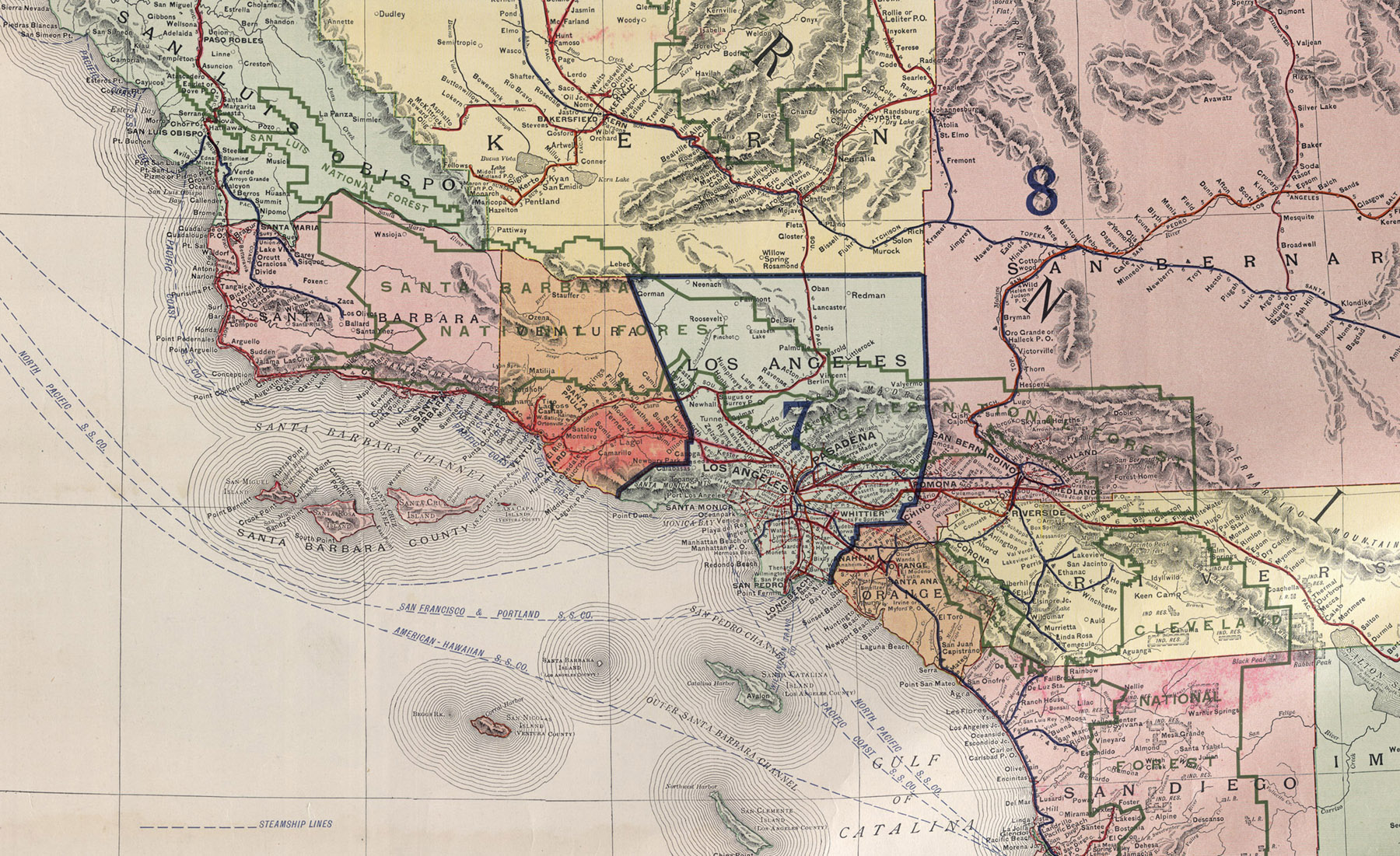The Alabama Hills Recreation Area is a stunning mirage of rocks and hills in the Eastern Sierra Nevada. Metamorphosed volcanic rock up to 300 million years old as well as biotite monzogranite up to 85 million years old create the wondrous assortment of shapes and arches. Hiking, photography and stargazing are some of the best ways to enjoy the land. Many films were shot here since the 1920's including 'How the West Was Won' and 'The Lone Ranger'. A scenic drive along Movie Flat Road will take you to exact locations for famous film scenes.
#254 Mobius Arch
Mobius Arch is the most famous of many arches in the Alabama Hills. Giant monzogranite boulders have eroded for millions of years creating magnificent shapes. The arch perfectly frames the Sierra Nevada Mountains including Mount Whitney, the tallest mountain in the contiguous United States. A 3/4 mile hike winds through the boulders and provides sweeping views of the landscape.
#170 Keeler Ghost Town
Keeler is a ghost town outside of Death Valley National Park in the Eastern Sierra Nevada known as the 'End of the Line'. The Carson and Colorado Railway extended their railroad all the way here during the Gold Rush in 1883. When nearby mining towns went bust, plans to extend the railway further to Mojave fell through and Keeler became the last stop of the line. The once-thriving adjacent Owens Lake was purchased by the city of Los Angeles who stole the entire water supply leaving Keeler high and dry.
#163 Fossil Falls
Fossil Falls Scenic Area along the beautiful Highway 395 contains volcanic lava flows up to half a million years old. Basalt lava was sculpted by rushing water creating the smooth formations seen today. Native American artifacts have been found here dating from 12,000 to 3,000 years ago when the area was a wonderful place to live for its plants, animals and once abundant water supply.
#132 Manzanar National Historic Site
Manzanar National Historic Site protects and preserves one of America's darkest moments in history. Japanese Americans were sent away to live in 'War Relocation Centers' aka concentration camps during World War II. This Owens Valley camp had very primitive conditions and was extremely hot and dusty in the summer while cold in the winter. It is not a place many choose to live by their free will. These American Citizens worked to keep the camp running with pitiful salaries about $8-19 a month or $115-275 in 2016 dollars.
Even though treated unfairly, these Japanese Americans were extremely strong and bonded together. They made the camp more beautiful by creating gardens with stunning landscapes while growing closer as families. In 1988, President Ronald Reagan gave a formal apology for the treatment of these law abiding citizens and created a reparations act. Although it is hard to remember, it is important to never forget about our past so we do not make the same terrible mistakes today.














